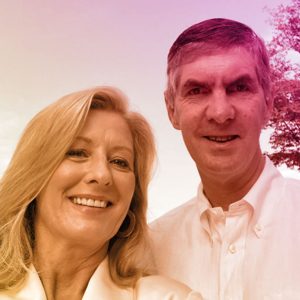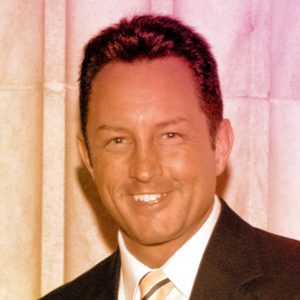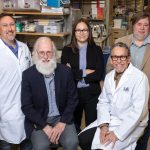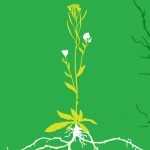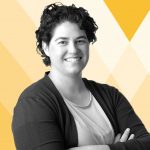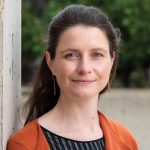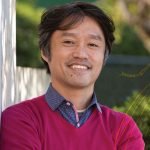Recently, the San Diego Nathan Shock Center of Excellence in the Basic Biology of Aging, a consortium between the Salk Institute, Sanford Burnham Prebys and the University of California San Diego, announced its second-year class of pilot grant awardees. Recipients from six different institutions will receive up to $15,000 to pursue research that advances our understanding of how humans age, with the ultimate goal of extending health span—the number of years of healthy, disease-free life.
The six pilot grant awardees are Leena Bharath, assistant professor at Merrimack College; Shefali Krishna, staff scientist at the Salk Institute; Gargi Mahapatra, postdoctoral fellow at Wake Forest School of Medicine; Chiara Nicoletti, postdoctoral fellow at Sanford Burnham Prebys; Anastasia Shindyapina, instructor in medicine at Brigham and Women’s Hospital and Harvard Medical School; and Xu Zhang, research associate at the Mayo Clinic.























































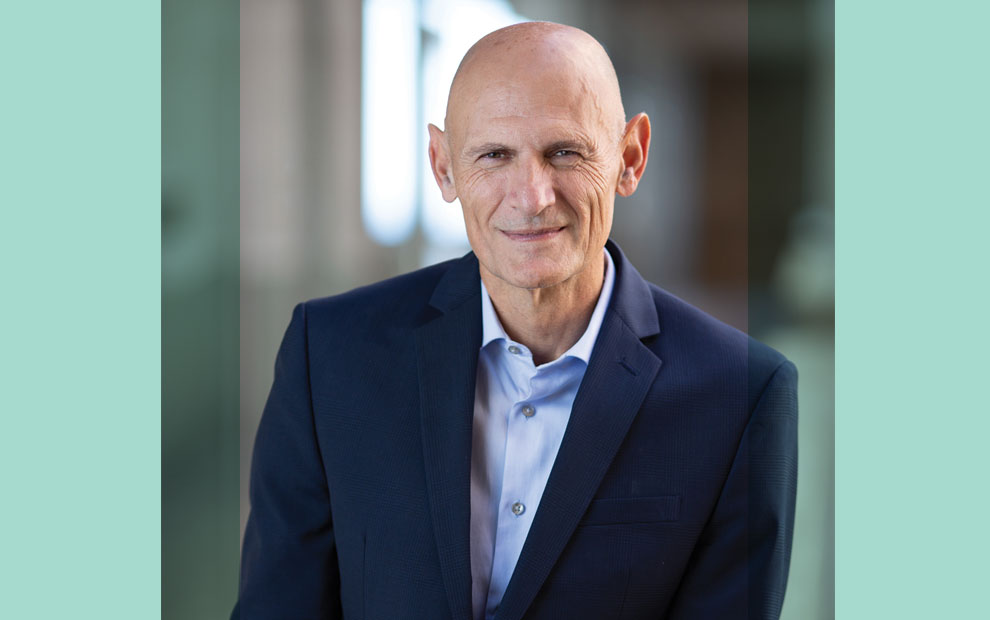
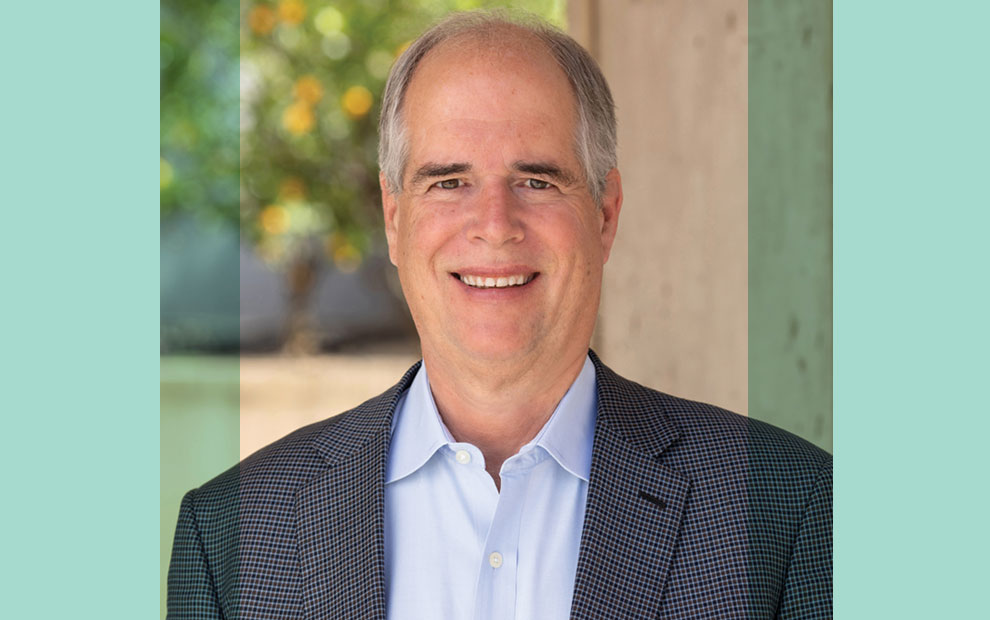
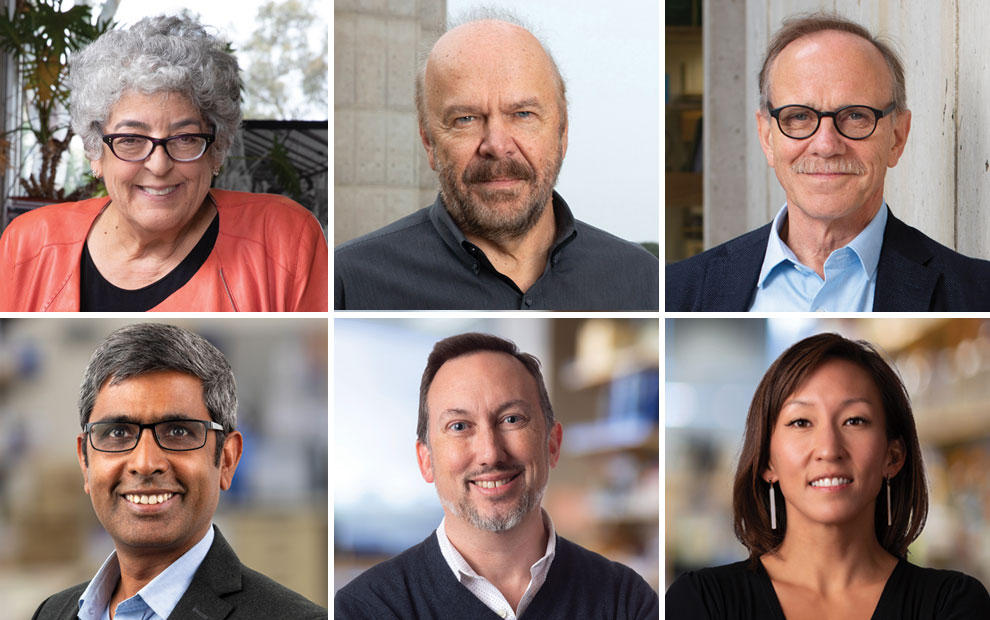
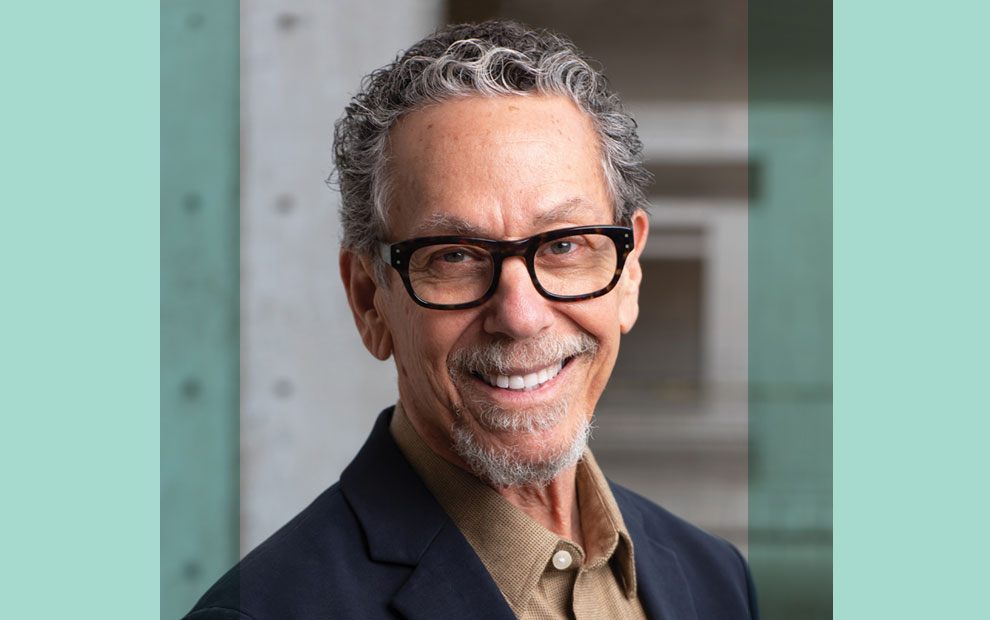
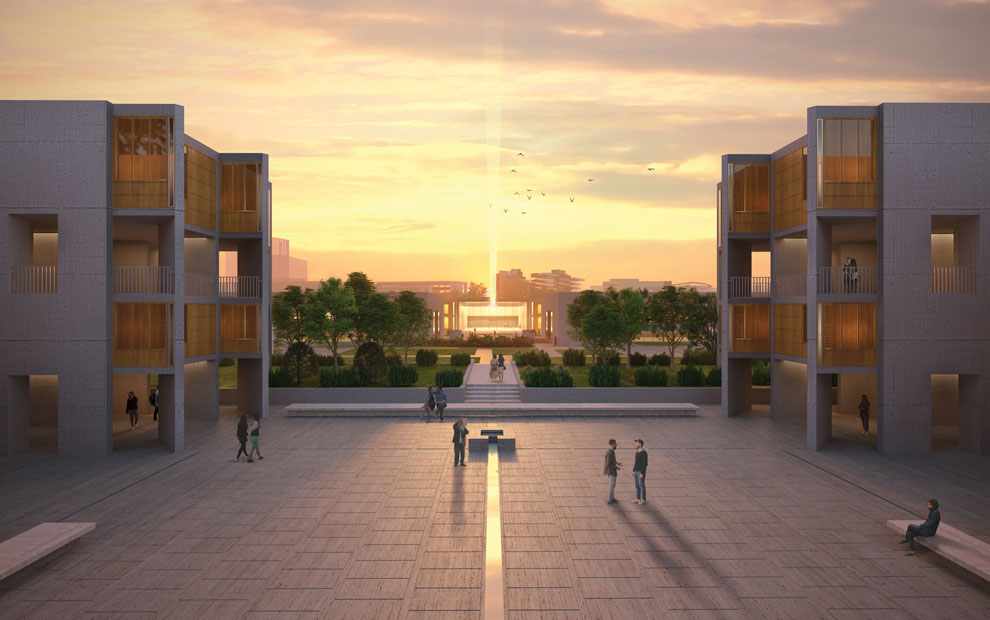
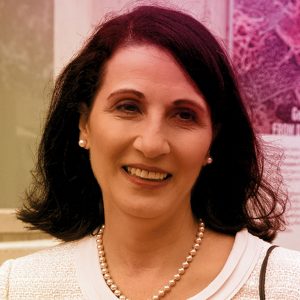 Suhaila White
Suhaila White
